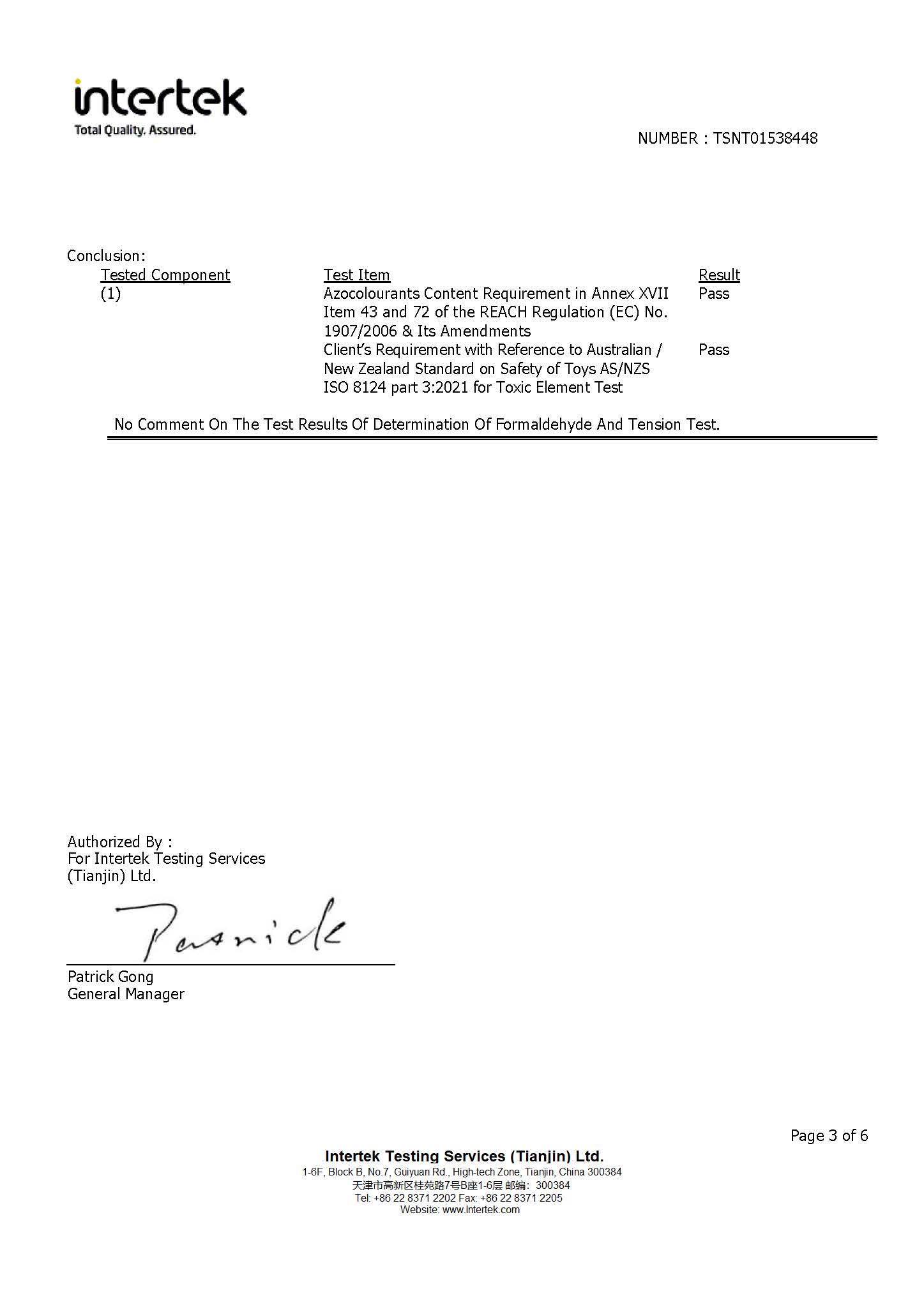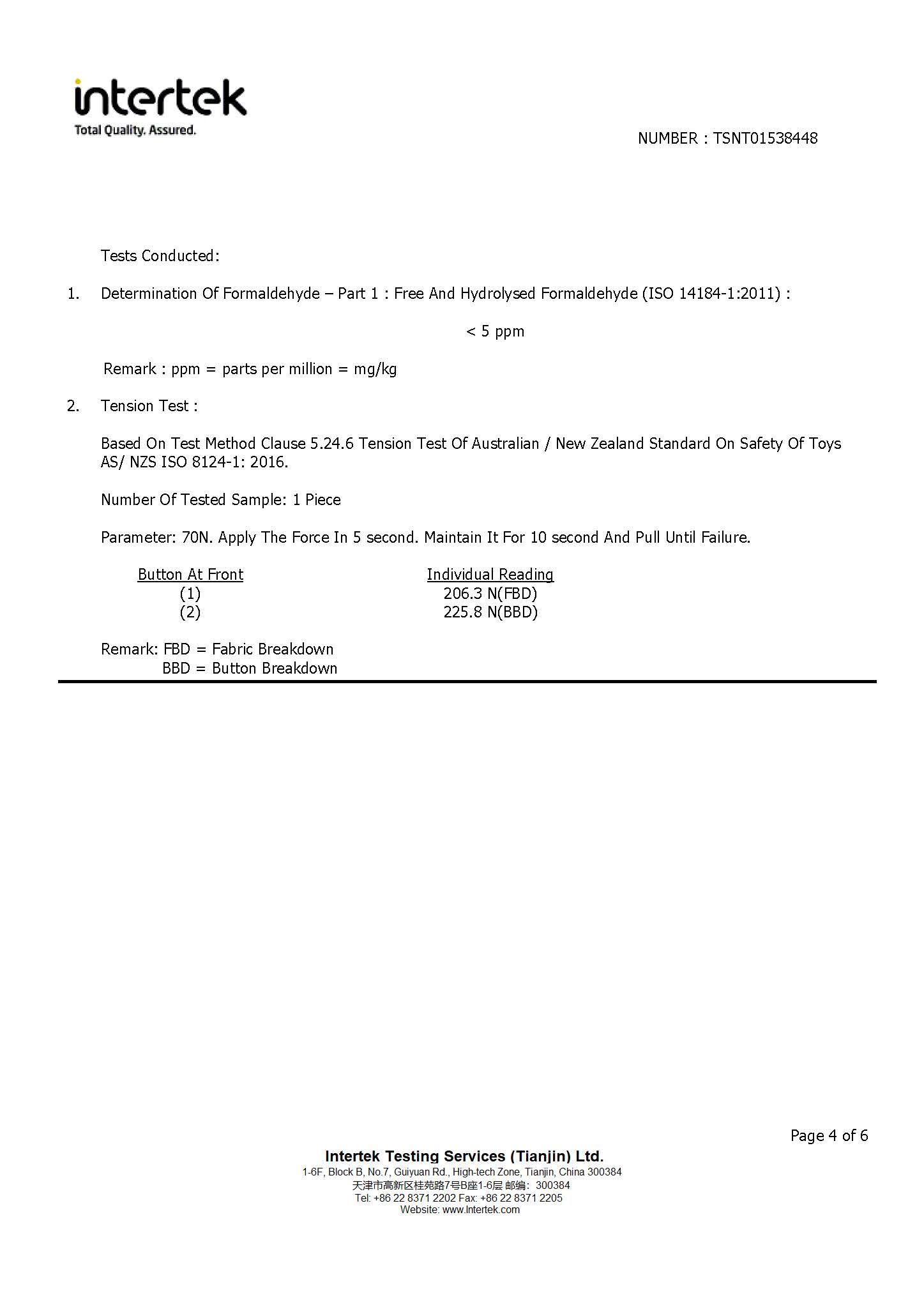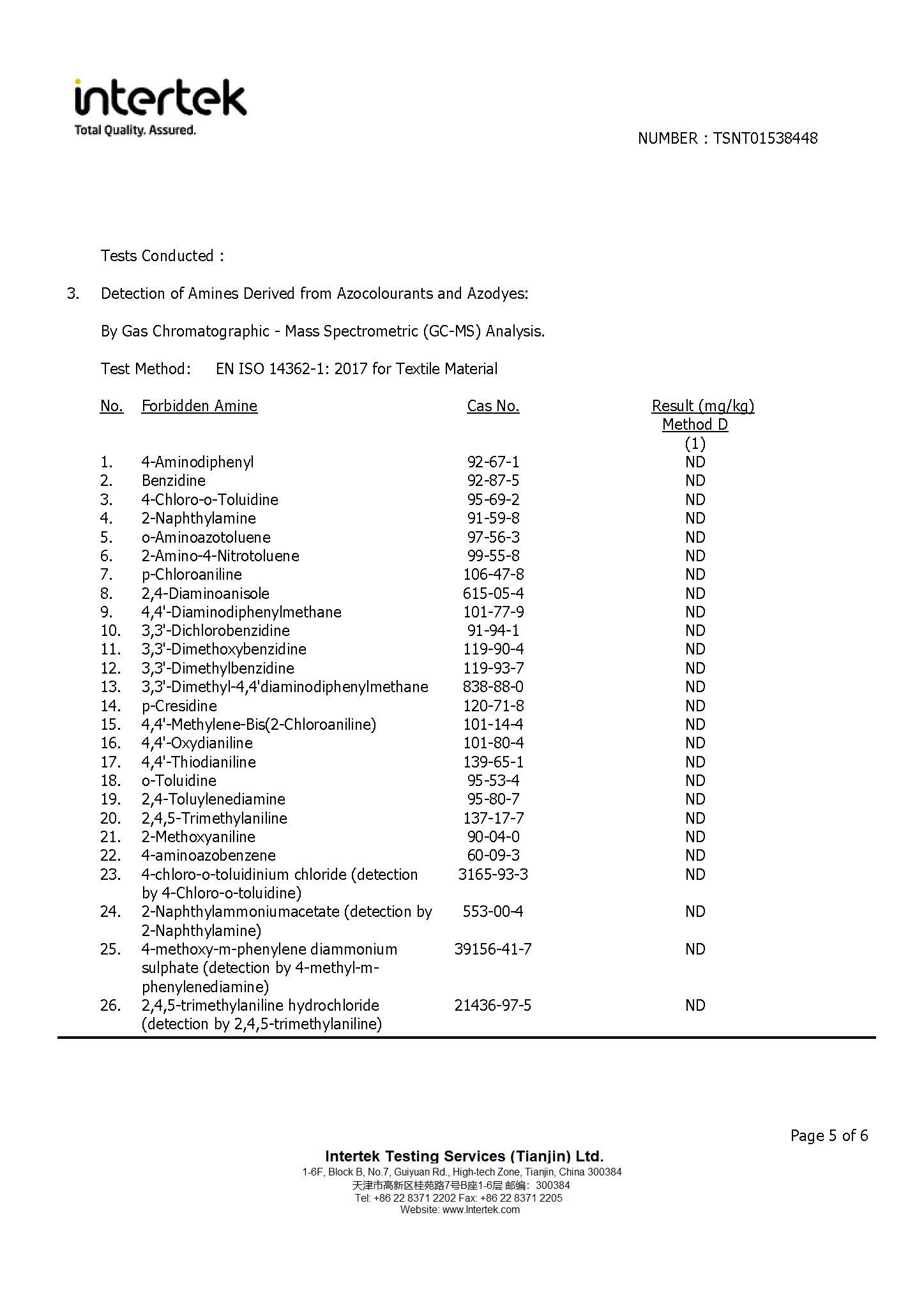Chemicals, toxins, impurities and contaminants are the hidden hazards in textile production, as these are invisible, often odourless and generally difficult to detect and understand. Research into the effects of certain chemicals and the determination of what levels should be considered hazardous is ongoing. There are inconsistent regulations internationally regarding acceptable limits and whether negative consequences outweigh the utility of certain chemicals, especially in view of substitution with less studied substances, therefore, standards currently vary between regions. The more stringent regulations and bans are in place in Europe and North America.
Generally young children are more vulnerable to chemical hazards. Their bodies, internal organs and major physiological systems are still developing. Metabolic, immunological, hormonal and reproductive systems are immature and more vulnerable to toxins. Innate behaviour such as sucking and frequent hand to mouth contact means they ingest substances present in their immediate surroundings.
The Regulatory Environment
The ACCC provides supplier guidance on safe concentrations of particular chemicals in consumer goods. Refer to “Safety guidance on concentrations of particular chemicals in certain consumer goods” www.productsafety.gov.au
For consumer goods, there are few chemical restrictions or guidelines. Heavy metal restrictions are found within the mandatory standard for toys and as part of import regulations.
The mandatory standard is based on certain sections of the voluntary Australian/New Zealand Standard AS/NZS 8124.3:2003 ‘Safety of toys, Part 3—Migration of certain elements’. Clause 4.4 covers ‘Safety of toys Part 7 – Finger paints’. AS/NZS 8124.3:2003
In Europe, the REACH system (Registration, Evaluation, Authorisation and Restriction of Chemical substances) makes industry responsible for assessing and managing the risks posed by chemicals and providing appropriate safety information to their users. This is a more expansive and engaged framework than exists in Australia.
In the USA, there is a general requirement that children’s products comply with testing and certification requirements as prescribed by their Consumer Product Safety Improvement Act.
International Best Practices
Harmful substances throughout the supply chain can be avoided by putting a number of risk management tools in place, such as:
– Assessing manufacturer compliance and accreditation before placing orders
– Engaging suppliers to undertake steps to ensure conformance
– Requesting test reports and certification from suppliers
– Conducting regular product testing
*For more information, see the reference documentation of Childrens-Apparel-Product-Safety-Guidelines.
Restricted Substances
Below list shows harmful substances relevant to the Australia market:
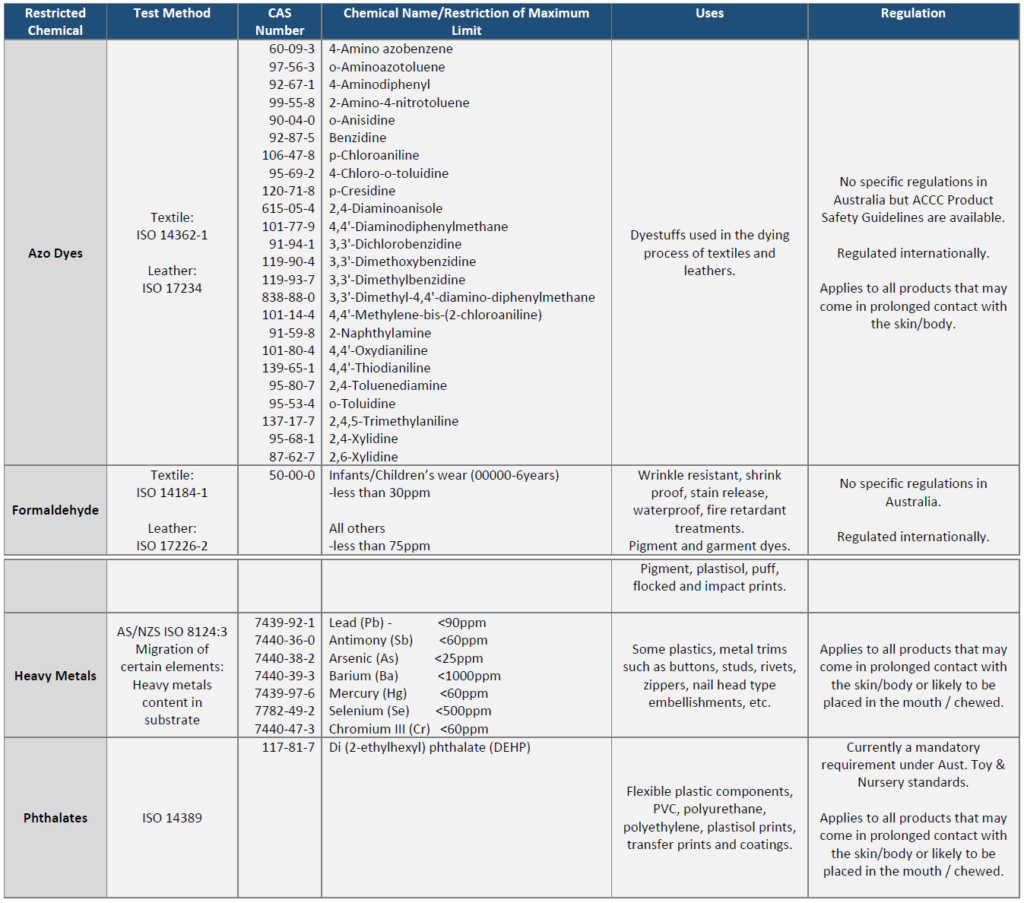
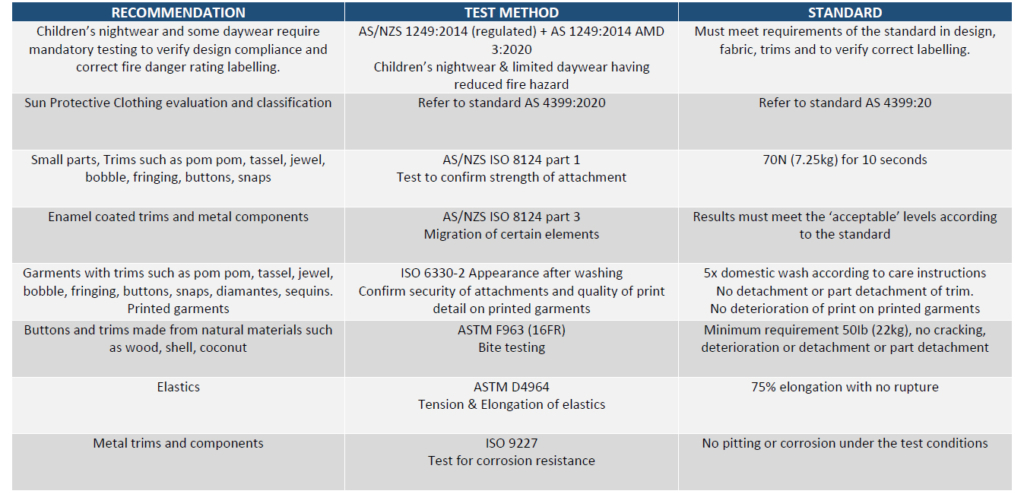
Test Report Intertek® TSNT01538448



